Aging Population Demographics
The aging population in the GCC region is a primary driver for the medical alert-systems market. As life expectancy increases, the number of elderly individuals requiring assistance and monitoring rises. This demographic shift indicates a growing need for reliable medical alert systems that can provide immediate support in emergencies. According to recent statistics, the population aged 65 and older in the GCC is projected to reach 10% by 2030. This trend suggests that families are increasingly seeking solutions to ensure the safety and well-being of their elderly members, thereby propelling the demand for medical alert systems. The medical alert-systems market is likely to benefit from this demographic change, as more individuals seek to maintain independence while having access to emergency services.
Rising Incidence of Chronic Diseases
The increasing prevalence of chronic diseases in the GCC is a significant factor driving the medical alert-systems market. Conditions such as diabetes, heart disease, and hypertension require continuous monitoring and timely intervention. As the population grapples with these health challenges, the demand for medical alert systems that can provide immediate alerts and facilitate quick medical responses is likely to grow. Recent health reports indicate that approximately 30% of the adult population in the GCC suffers from at least one chronic condition. This statistic underscores the necessity for effective monitoring solutions, positioning medical alert systems as essential tools for managing health and ensuring safety.
Government Initiatives and Regulations
Government initiatives aimed at enhancing healthcare services in the GCC are fostering growth in the medical alert-systems market. Various national health policies are being implemented to improve access to healthcare and promote the use of technology in patient monitoring. For example, initiatives that encourage the adoption of telemedicine and remote patient monitoring are likely to create a favorable environment for medical alert systems. The GCC governments are investing heavily in healthcare infrastructure, with budgets increasing by an average of 15% annually. This commitment to healthcare improvement suggests a supportive framework for the medical alert-systems market, as more resources become available for the development and distribution of these essential devices.
Technological Integration in Healthcare
The integration of advanced technologies into healthcare is significantly influencing the medical alert-systems market. Innovations such as wearable devices, mobile applications, and telehealth services are enhancing the functionality and appeal of medical alert systems. For instance, the incorporation of GPS tracking and fall detection features allows for real-time monitoring and immediate response in emergencies. The GCC region has seen a surge in technology adoption, with a reported increase of 25% in the use of health-related mobile applications over the past year. This technological evolution not only improves user experience but also encourages more individuals to invest in medical alert systems, thereby expanding the market.
Consumer Demand for Safety and Independence
The growing consumer demand for safety and independence among individuals, particularly the elderly, is a crucial driver of the medical alert-systems market. As awareness of personal safety increases, more consumers are seeking solutions that allow them to live independently while ensuring they have access to emergency assistance. Surveys indicate that over 60% of seniors express a desire to remain in their homes as they age, highlighting the importance of medical alert systems in facilitating this wish. This trend is likely to encourage manufacturers to innovate and enhance their offerings, making medical alert systems more appealing to consumers. The medical alert-systems market is thus positioned to thrive as it aligns with the evolving preferences of the population.


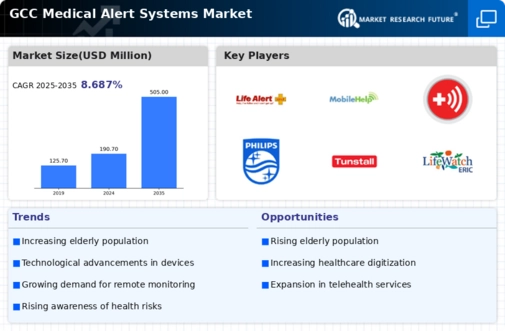
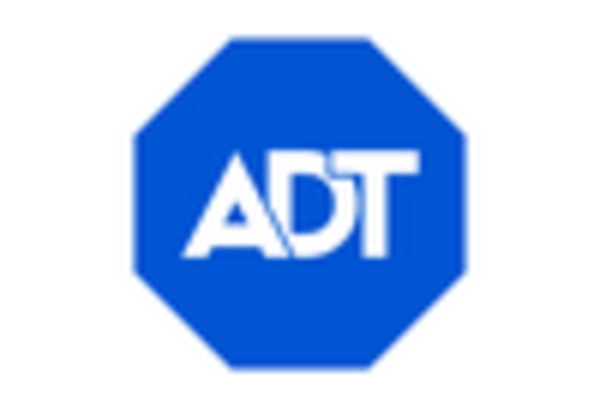
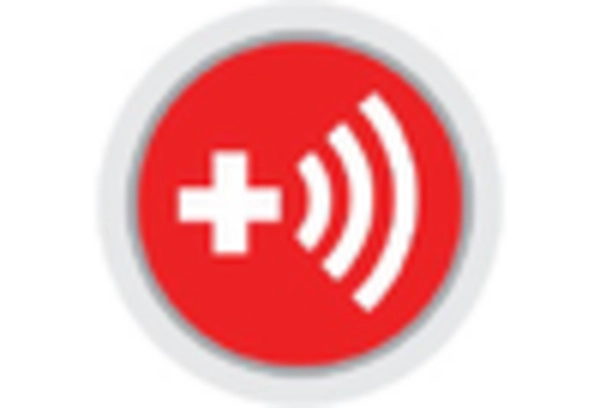
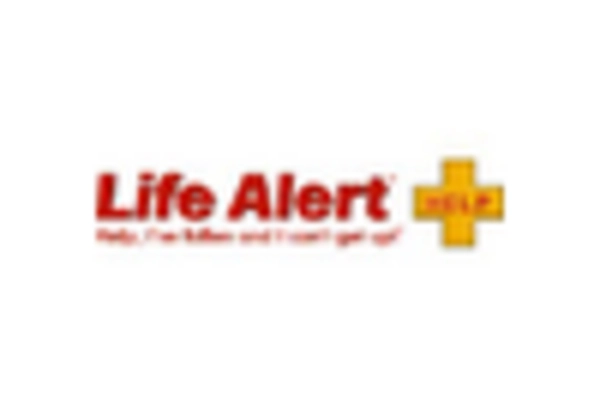
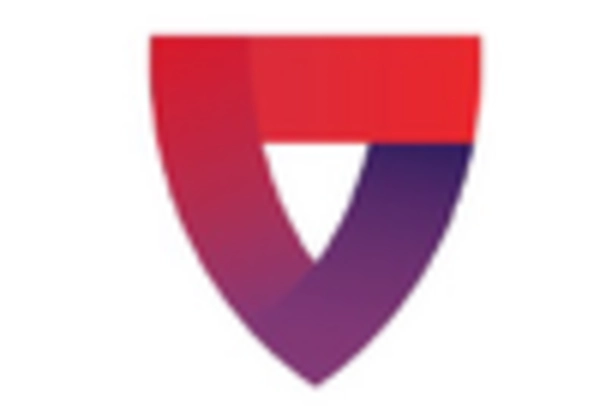










Leave a Comment